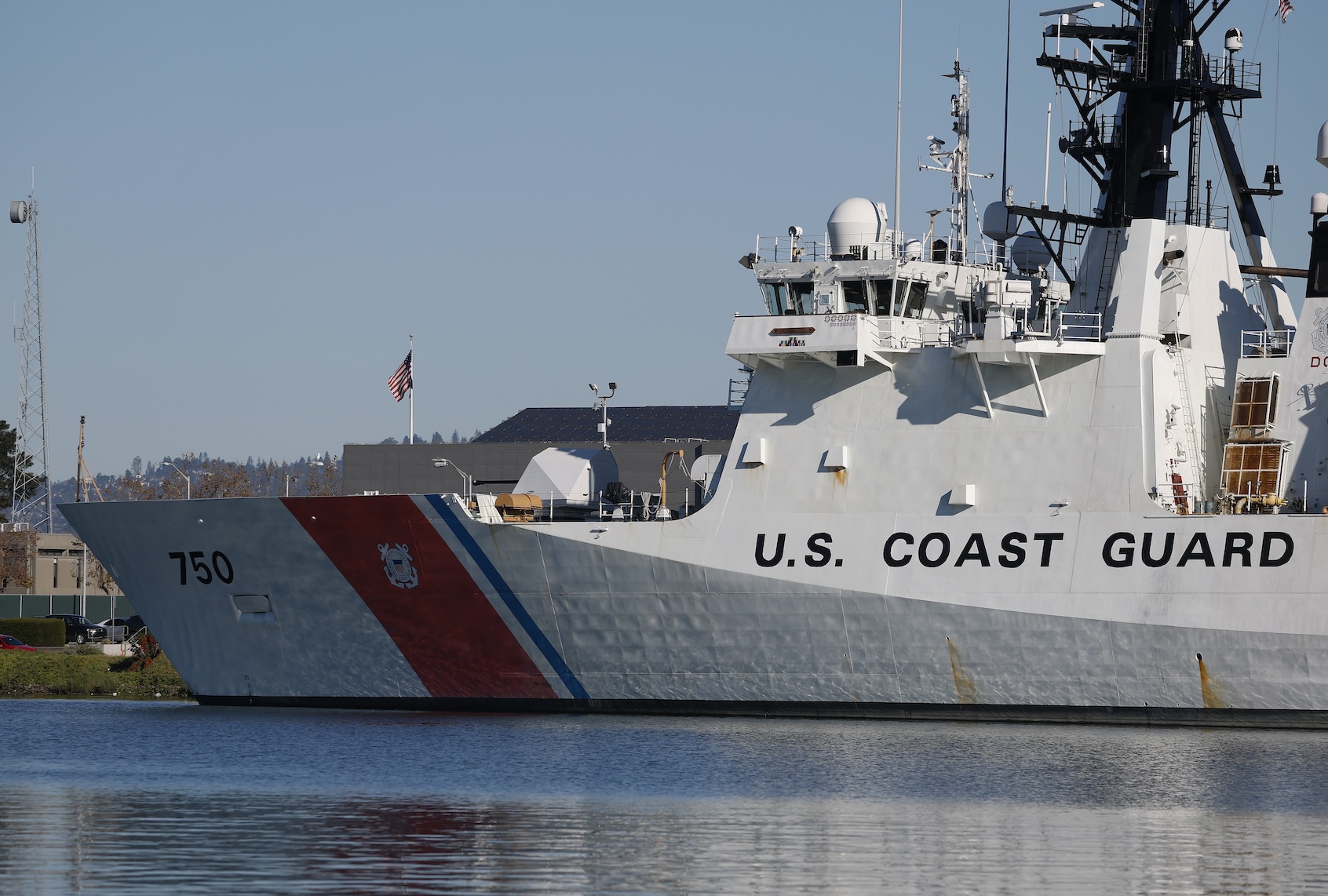The U.S. Coast Guard reclassified swastikas and nooses as “hate symbols” after intense backlash for a previous policy that changed their designation to “potentially divisive.”
The Coast Guard had signed off on a policy on November 13 that downgraded the classification of symbols such as swastikas and nooses, according to a report from the Washington Post. They were instead called “potentially divisive,” and included “any symbols or flags co-opted or adopted by hate-based groups as representations of supremacy, racial or religious intolerance, or other bias.”
The report drew immediate scrutiny. Rep. Pramila Jayapal, D-Wash., called the policy “absolutely horrific,” while Sen. Catherine Cortez Mastro, D-Nev., said the swastika is “a hate symbol, plain and simple.”
Rep. Lauren Underwood, D-Ill., met with the Coast Guard’s acting commandant, Admiral Kevin Lunday, to discuss the policy. “He came by the office and assured us that there is an across-the-board prohibition on hate symbols, including swastikas and nooses,” Underwood said in a video on X.
Lunday said the reports of labeling swastikas and nooses as divisive were “categorically false.”
Start your day with essential news from Salon.
Sign up for our free morning newsletter, Crash Course.
“These symbols have been and remain prohibited in the Coast Guard per policy. Any display, use or promotion of such symbols, as always, will be thoroughly investigated and severely punished,” Lunday said in a statement on X.
Nevertheless, a new policy was quickly put in place. “Divisive or hate symbols and flags are prohibited,” the policy reads in part. It prohibits swastikas, nooses and other emblems associated with hate groups, including “any symbols or flags co-opted or adopted by hate-based groups as representations of supremacy, racial or religious intolerance, or other bias.”
The initial change was in keeping with an ideological change within the military, thanks in large part to Secretary of Defense Pete Hegseth, whose anti-DEI “warrior culture” ethos intends to rewrite military mentality.
“No more identity months, DEI offices, dudes in dresses. No more climate change worship, no more division, distraction or gender delusions, no more debris,” Hegseth said in a September speech.


